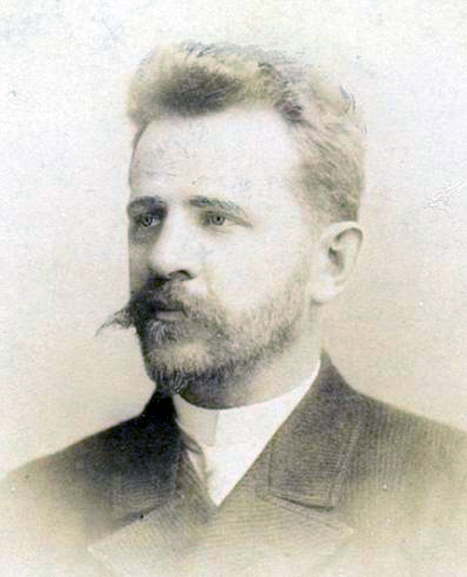Aleksander Szymkiewicz
persons

Aleksander Szymkiewicz (1858-1907) – Architect of Polish origin who designed the Caucasian Sericulture Station complex of buildings and display furniture. Szymkiewicz was born in Saint Petersburg in the family of Polikarp Szymkiewicz, of Polish descent, and Emilia-Anna-Maria Petrovna, of Swedish-German descent. After attending the school of Karl May with his two brothers, he studied at the Saint Petersburg Academy of Arts and earned two medals for his painting.
After graduating from the Academy, Szymkiewicz was appointed as the city architect of Tbilisi (1885-1891). In 1897-1901 Alexander Shimkevich was elected as a deputy of the Tbilisi City Council. He was also a member of the Society for the Promotion of Fine Arts of the Caucasus. In 1905-1906, in addition to his main work, he taught at Tbilisi Art School. In 1910, a scholarship named after him was established for excellent students of the school.
Szymkiewicz is responsible for constructing numerous public and residential buildings in Tbilisi in the second half of the 19th century: Caucasian Sericulture Station (1891), Supreme Court of Georgia (1894), the Conservatoire (1904), Rustaveli Theatre (together with K. Tatishchev, 1901), the lower station of the Funicular (1905) etc. He is also the architect of Batumi Gymnasium (1897).
Architect of Polish origin who designed the Caucasian Sericulture Station complex of buildings and display furniture.
Construction works of the Caucasian Sericulture Station designed by Szymkiewicz began in 1887. The complex was established to support agriculture and required large tracts of land to accommodate vast mulberry orchards, yet its mission was also to project the image of being an official, imperial institution. It is easy to imagine how difficult and complex this task must have been for the architects to fulfil. Szymkiewicz carried out his task successfully, carefully laying out around two dozen buildings on the land that had been allocated to the Caucasian Seri- culture Station. Its master plan was divided into two areas through which passed one of Tbilisi’s favourite promenades, the Mushtaidi Gardens.
Szymkiewicz died during his trip to Warsaw in 1907 and was buried at Tbilisi Lutheran cemetery. Later on, the Evangelical Lutheran Church was built on his burial site, and his grave was lost. In 2011, a symbolic gravestone was erected on the spot with a memorial desk containing information about Szymkiewicz in Georgian, Polish, German and Russian.



